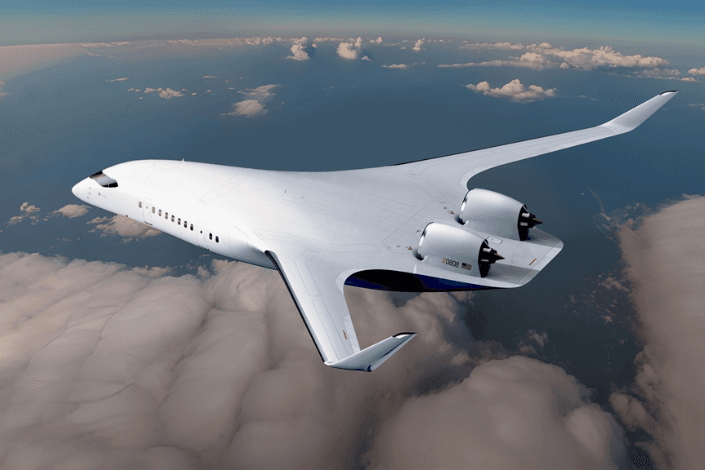Where travel agents earn, learn and save!
News / easyJet joins forces with U.S. startup JetZero in its bid to develop new blended wing body aircraft for commercial aviation
easyJet is the first European airline to partner with JetZero

easyJet, Europe’s leading airline, have formed a new partnership with U.S. based startup JetZero to develop future blended-wing aircraft that is expected to provide up to 50% lower fuel burn and GHG emissions versus traditional tube-and-wing designs, and which has the potential to be powered by hydrogen.
As part of the partnership, easyJet will share its knowledge of hydrogen propulsion systems following the years of work it has done to develop the technology with other industry partners, and explore the opportunity to use the blended-wing body as a platform for hydrogen-powered engine technology in the future.
In addition, easyJet will join JetZero’s newly established Airline Working Group, which aims to address practical considerations of airline and airport operations and help ensure the new aircraft shape improves upon all aspects of flight.
JetZero’s ultra-efficient blended-wing body jet has already garnered support from the U.S. Air Force, NASA and the FAA, with its first aircraft due to enter service as soon as 2030. U.S.-based Alaska Airlines last month announced that they are the first airline to partner with and invest in JetZero.
The blended-wing body is potentially the biggest leap in commercial aircraft design since the beginning of the jet age and another positive step towards the industry’s ultimate goal of zero-carbon emissions aviation.
The aircraft dramatically improves aerodynamic efficiency over traditional tube-and-wing designs, in part thanks to its unique aerofoil-shaped body and more slender wing design. This improvement in efficiency would translate into up to a 50% reduction in the requirement for SAF per passenger, also helping to reduce the costs of transition.
Another advantage of the blended-wing airframe is that it is agnostic to future propulsion solutions, its novel shape offering a suitable solution for hydrogen storage that would offer a far lower impact on passenger capacity versus a tube-and-wing design. This could help to accelerate the adoption of new zero emission fuels like hydrogen and help move the industry forward on the path to zero emissions.










